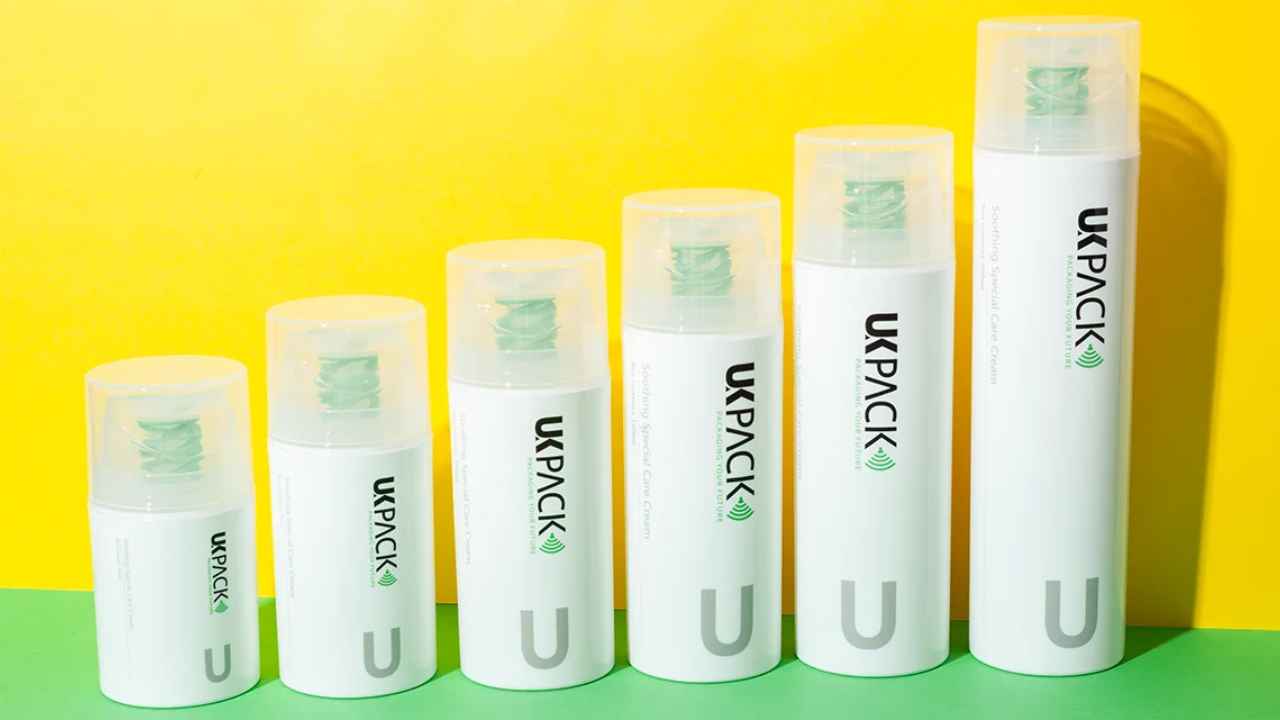Plastic plays a crucial role in the production of mono-plastic airless bottles because of numerous vital factors. Plastics provide splendid barrier properties, defending the contents of the bottle from infection, oxidation, and degradation resulting from exposure to air and mild. That is in particular crucial for sensitive cosmetic and private care merchandise. Plastics provide versatility in layout, allowing producers to create innovative and practical bottle styles and sizes to meet specific product requirements.
Plastics are lightweight, enduring, and practical, making pursuing them an appealing packaging solution. Mono-plastic bottles, especially, improve the reusing framework by utilizing a single sort of plastic, increasing the probability of fruitful reusing and reducing ecological impacts. This link has detailed information about mono-plastic airless bottles, follow for more details https://www.ukpackchina.com/mono-plastic-airless-bottles/ the use of plastic in making mono-plastic airless bottles combines functionality, sustainability, and price performance to satisfy the desires of both customers and the surroundings.
Types of Plastic Utilized For Making Mono-Plastic Airless Bottles And Its Environmental Impacts
There has been a growing issue with the ecological impacts of plastic packaging, mainly in beauty care products and confidential consideration businesses. Mono-plastic airless bottles have arisen as a likely potential solution. These bottles are designed to resolve issues that incorporate item tainting, oxidation, and inordinate utilization of plastic substances. In this article, we can dig into the kinds of plastics utilized in the assembly of mono-plastic airless bottles and their environmental impacts.
Types of Plastic for Mono-Plastic Airless Bottles
Polyethylene (PE)
Polyethylene is quite possibly one of the most commonly used plastics in packaging due to its adaptability, sturdiness, and recyclability. Its miles to be had in various organizations that incorporate unreasonable-thickness polyethylene (HDPE) and low-thickness polyethylene (LDPE). HDPE is desired for its power and solidity, making it reasonable for airless bottle applications. LDPE provides adaptability and impact resistance, which can be appropriate for specific bottle designs.
Polypropylene (PP) Plastic
Polypropylene is another extensively elaborate plastic in packaging, known for its top-notch manufactured resistance and impediment properties. It's regularly utilized in aggregate with different substances to create multi-layered packaging systems for airless bottles. PP is recyclable and converted into a new product.
Polyethylene Terephthalate Plastic
PET is used in the manufacturing of liquid bottles. It's far lightweight, obvious, and has top barrier houses in opposition to oxygen and moisture. While pets are technically recyclable, their recyclability can fluctuate depending on infrastructure and market demand. However, improvements in reusing advancements are making it progressively conceivable to reuse pets into new packaging materials.
polylactic Acid (PLA)
PLA is a bio plastic derived from feasible resources that consolidates corn starch or sugarcane. It is compostable under specific circumstances, making it an alluring decision for eco-conscious buyers. Even as PLA offers environmental blessings, its use in airless bottle packages may be limited due to its decreased barrier residences in comparison to conventional plastics. However, ongoing studies and development efforts are aimed at improving the performance of PLA for packaging functions.
Environmental Implications
Mono-plastic airless bottles provide numerous environmental benefits compared to traditional packaging materials. By using a single form of plastic, those bottles simplify the recycling method and reduce the chance of infection during recycling. Moreover, airless bottle designs help minimize product waste by making sure of greater green allotting and extending the shelf life of cosmetic products.
But, it is important to consider the wider environmental impact of plastic packaging, irrespective of its design. At the same time as mono-plastic bottles can be recycled, the general recycling rates for plastic packaging remain relatively low, and large quantities still grow to be in landfills or the natural surroundings. Moreover, the manufacturing of plastics, including mono-plastic bottles, contributes to greenhouse gas emissions and relies on finite fossil gas resources.
Summary
Mono-plastic airless bottles constitute a promising innovation in sustainable packaging, imparting improved product safety and doling out at the same time as simplifying the recycling technique. Manufacturers can create packaging solutions that meet both performance and environmental standards. However, addressing the challenges related to plastic pollutants requires a multifaceted technique, which includes advanced recycling infrastructure, customer education, and persevering innovation in substances and packaging design.


